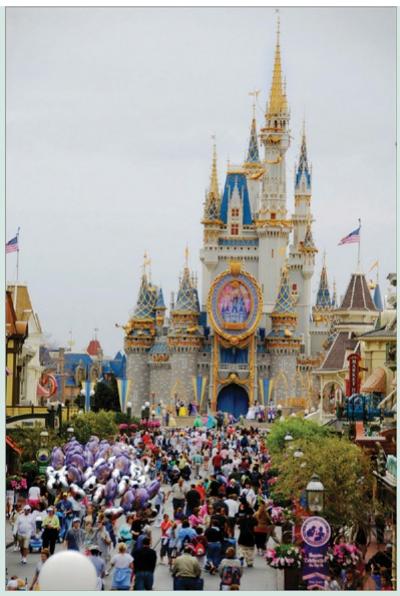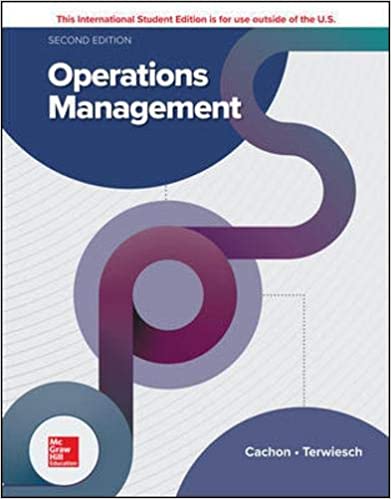1. Keeping the number of guests in the park constant, by adding Fastpass, does the average number...
Question:
1. Keeping the number of guests in the park constant, by adding Fastpass, does the average number of guests served per attraction change? For which types of attractions does it change the most (e.g., the busiest or the least busy ones)?
2. Disney needs to decide how many Fastpass tickets to issue for each time window. What are some of the trade-offs associated with this decision? For example, what are good and bad issues about increasing the number of tickets available?
3. Is Fastpass fair?
4. Should Disney charge for Fastpass?
Disney operates theme parks throughout the world, and in each park it wants to ensure that its guests have a magical experience. Waiting in line for the attractions is surely not part of the memory that Disney wants guests to keep. Disney could avoid lines by letting fewer people into the park, but it would either lose revenue (not good) or have to charge more (which risks ill will). So lines are a fact of life and the question then turns to how to better manage them.
In the old days, Disney would have guests queue up in first-comefirst-served order for each attraction. The most popular attractions could have lines that lasted more than an hour during busy times of the year. To make lines more enjoyable, or at least less irritating, Disney tried to provide some entertainment while guests waited, such as showing Disney programs on televisions. But there is only so much you can do to distract a four-year-old child who is cranky because he or she is not actually inside the Pirates of the Caribbean.
But why do the guests actually have to stand in the line? That insight led to the development of Disney’s Fastpass system in 1999. With the Fastpass system, a guest doesn’t physically enter the line for an attraction but, rather, receives a reservation for an interval of time to enter the attraction later on, say 1.5 hours later. If the guest returns at that time, he or she can enter a short line dedicated to Fastpass users that puts the guest on the attraction within a few minutes. More recent versions of this idea, such as Fastpass+, allow users to reserve their arrival window as much as 60 days in advance.

The actual implementation of Fastpass requires Disney to make some important and complicated decisions. For example, say an “experience” (i.e., ride, attraction, or show) can serve 20 guests per minute, which is 1,200 guests per hour. Guests can arrive at the experience and wait in a first-come-first-served queue. Alternatively, some guests are given a Fastpass arrival time window. For example, a family might hold an arrival time of 10:10 a.m. to 11:10 a.m. for the Pirates of the Caribbean. If they indeed arrive during that interval, they wait in the Fastpass queue, which gives them priority for entering the experience —they might still need to wait a bit, but they would wait only if a bunch of other Fastpass-using guests arrive at nearly the same time during that window.
Step by Step Answer:

Operations Management
ISBN: 9781260547610
2nd International Edition
Authors: Gerard Cachon, Christian Terwiesch





